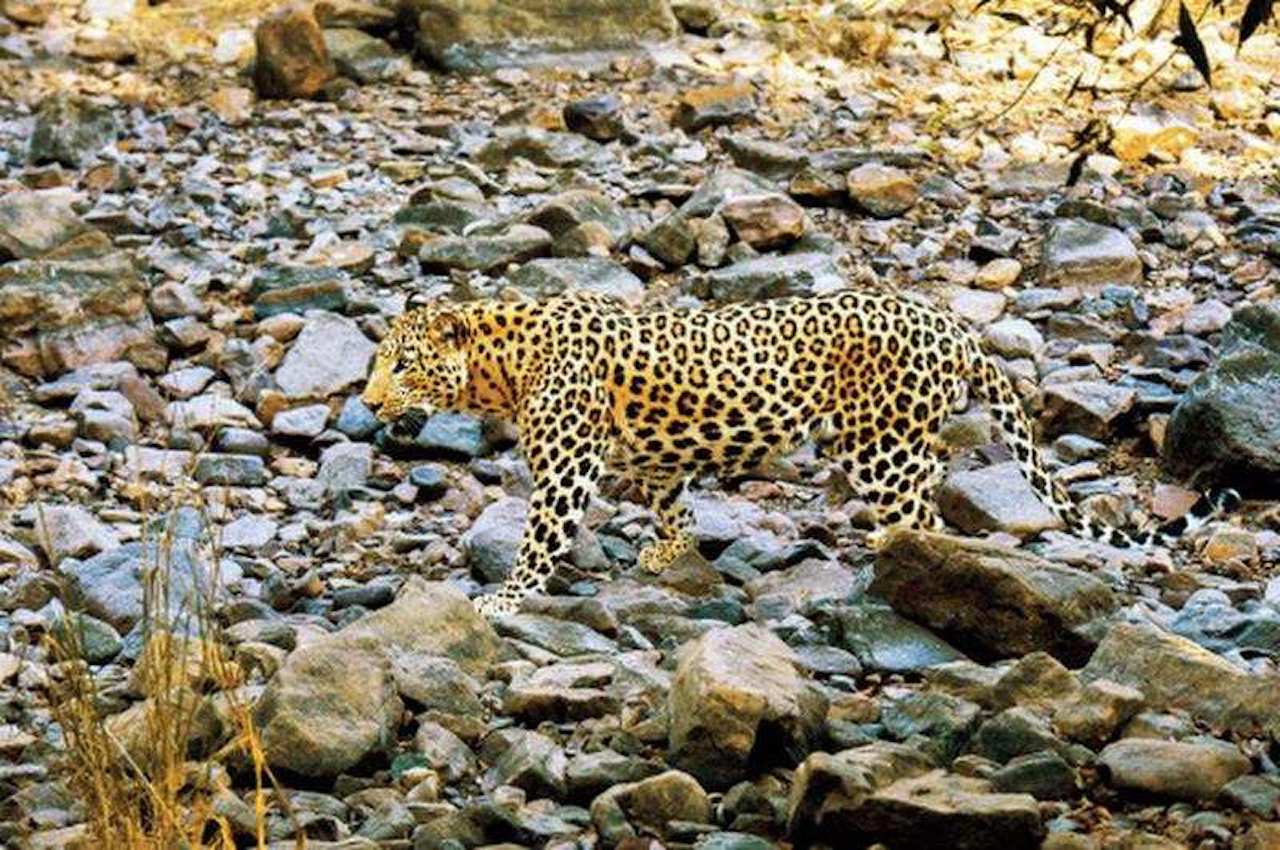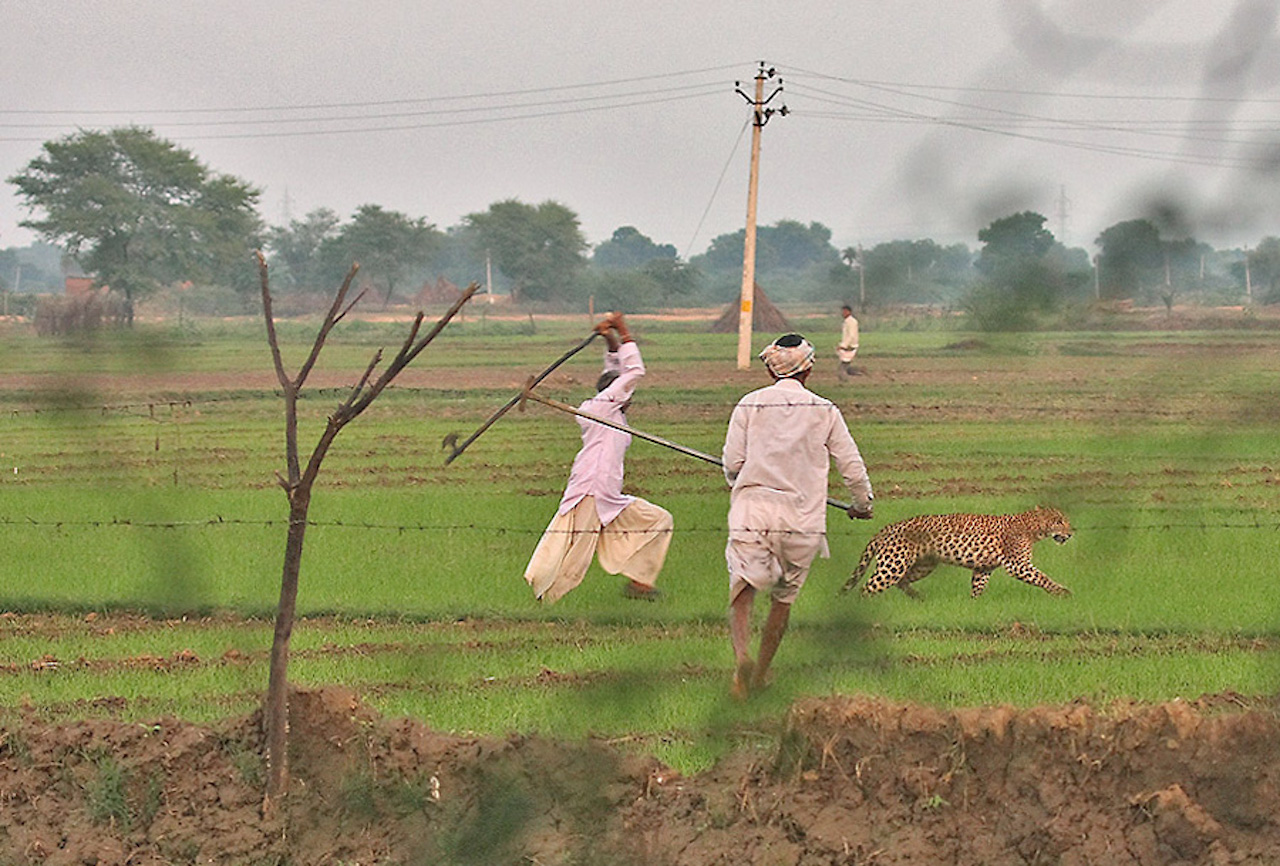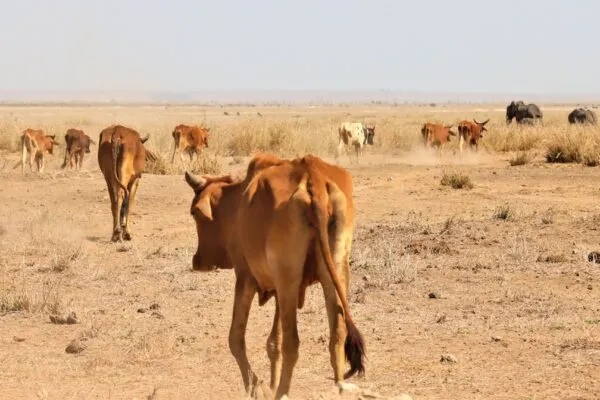Human-Wildlife Conflict Persists in Uttarakhand Despite Efforts
Animal attacks on humans are on rise and so far, any measures to thwart conflict have miserably failed
Cases of human-wildlife conflict have been on the rise in Uttarakhand with reports of attacks by wild animals such as leopards, tigers, and elephants increasing every month. Among these, leopard attacks are the most frequent and severe. Despite efforts to mitigate the conflict, it seems that the situation has not improved.
The ‘Living with Leopards’ programme, which has found success in Maharashtra, was launched in the Tehri and Pauri forest divisions in 2015-16 and in Narendra Nagar and Pithoragarh forest divisions in 2020 and 2022, respectively. Although the programme has been successful in Tehri and Pithoragarh, it has failed in Pauri, which is an identified hotspot for leopard attacks. Furthermore, the scheme has yet to be launched in Almora.
Also Read: Glass, Plastic Waste in Elephant Dung Shock Researchers in Uttarakhand
The recent increase in leopard attacks in Uttarakhand has sparked outrage among local residents. Vikas Panthari, the head of Panthar village, has demanded that the forest department take action to trap the leopards and patrol the area, citing a shortage of staff as the reason for the lack of action. On January 3, residents protested at the district headquarters after a leopard attack on a local.

Image: Times of India
According to a report by the Uttarakhand Forest Department, between 2015 and 2021, there were 384 cases of attacks on humans by leopards, tigers, and elephants in the state, resulting in 95 deaths and 289 injuries. Among these cases, leopard attacks were the most frequent and severe, with 337 attacks, 83 deaths, and 226 injuries reported. It is important to note that these numbers may have changed since the report was released, and continued efforts to address human-wildlife conflict in Uttarakhand are needed to reduce future casualties.
To draw attention to the issue, a street play titled “guldar bhagao, pahad bachao” (drive away the leopards, save mountains) was staged in Chaubattakhal on January 9. Sudhir Sundriyal, a farmer from Mazgaon village in Chaubattakhal, believes that if the situation does not improve, the villagers will stage a protest march from Pauri to the state capital, Dehradun.
As per the data provided by the Uttarakhand Forest Department, a budget of Rs 23.74 crore was sanctioned from 2018-19 to 2022-23 under the Human-Wildlife Conflict Mitigation Scheme. In the same period, Rs 35.26 crore was spent on compensation, Rs 10.37 crore for protection of agriculture from wildlife, and Rs 10 crore for protection from monkeys.
Despite these efforts, the episodes of human-wildlife conflict in Uttarakhand have not been contained. The situation remains a concern, especially in areas like Pauri, where the ‘Living with Leopards’ programme has failed to produce positive results.
The lack of success in some areas may be due to a lack of adequate implementation of the programme, including monitoring and evaluation of its impact. In addition, the programme’s success in Maharashtra may not be directly applicable to the unique challenges faced in Uttarakhand.

Image: Conservation India
It is essential to continue exploring new strategies and initiatives to mitigate the human-wildlife conflict in the state, including innovative solutions that can address the specific needs and challenges of each region. Collaboration between stakeholders, including government agencies, local communities, and conservation groups, is also necessary to address this complex issue.
Via: Mongabay India


